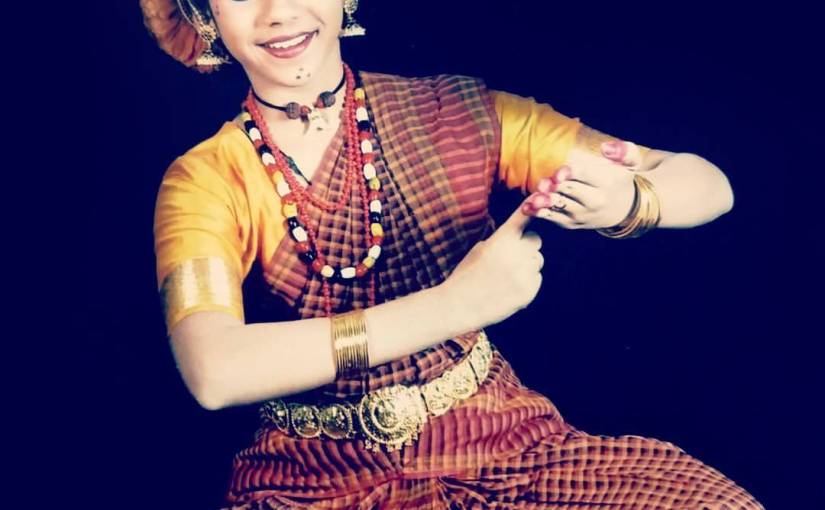I think dance is a time-and-space machine. It lets me live in more worlds than one, more bodies than one, at the same time. Through my experiences with Bharatanatyam, I feel it is a representation and an embodiment of history, culture, and a way of life by interpreting lyrics. Dr. Kwashie Kuwor, a dance anthropologist and lecturer at the University of Ghana says, “Dances in the world differ as a result of cultural traditions”. Last weekend I conducted a workshop at Aix-en-Provence for a few French women who have been learning Bharatanatyam for at least five years and my weekend was filled with examples of reconciling these differences.
I decided I would teach them a dance from the Tamil dance-drama, Kutrala Kuravanji. In this particular dance, a kuravanji, who is a gypsy, a story-teller, and a fortune-teller, talks great of the land she comes from, which is none other than the grand Mount Kailash. Rich herbs, honey, spices, ivory, sandalwood, and kumkum, are just a few of the wonderful things she brings with her. She convinces the naayikaa (heroine) that she is no ordinary fortune-teller and in fact, is highly praised by the kings.
I realised that in Bharatanatyam, a lot of the dance vocabulary is a derivative and stylisation of everyday actions and body language of the south Indians, and particularly Tamil Nadu, the birth-place of this dance genre. As an example, to ask the question ‘why’, one would use a hand gesture similar to a thumbs-up sign, and tilt the head upwards, or bend it from side to side, and crinkling the eyebrows. My students found it a bit awkward to use such a body language but later did reflect and agree that they had seen quite a few people during their visits to Chennai use such gestures in daily life!
Kizhangu kiḷḷi tén eḍuttu vaḷam pāḍi naḍappom…The kuravanji talks about the activities that her clan engages in, which are – harvesting root vegetables, extracting honey, and singing about the prosperity of the land. To begin with, I explained the meaning of each word to the girls, and then began demonstrating the movements for it. They found the digging movement (which was obviously a stylised version of the actual digging action) a little weird, and after trying it a few times, one of them said, “Oh, I think in France we dig this way and not like that”!
Another description in the song has the kuravanji saying, “kimpuriyin komboḍittu vembu tinai iḍippom”, which meant that the kuravanjis also pound millets not using an ordinary stone or woodden mallet, but a mallet made of ivory! For Tamil lyrics, my resource person has always beenmy aunt, Smt. Usha Sundaresan, a Tamil scholar. As she was explaining to me the meaning of each word, she mentioned that kimpuri meant a nose ring, and in this case, worn by an elephant! We began wondering, how strange for an elephant to wear a nose ring! After some research we figured out that in order to prevent cracks from deepening in the tusk of an elephant, a metal ring would be fixed around it. Not only was this method used at the time when the Kutrala Kuravanji was written (18th century), but also more recently at the Birmingham zoo in Alabama, where instead of metal, a ring made of lighter material was used to save the tusk of Bulwagi, a 35-year-old elephant!
What beauty in the lyrics, to call this protective ring as a nose ring! And what a way to learn about elephants – through an 18th century song based in India that had to be danced to by the French in the 21st century! This is why I say that dance is a time-and-space machine!

With my French kuravanjis: Fabienne, Nadi, and Julie. (Picture credits: Eric Ferment, Aix-en-Provence)

With my wonderful hosts Eric and Fabienne. (Picture credits: Julie, Aix-en-Provence)
